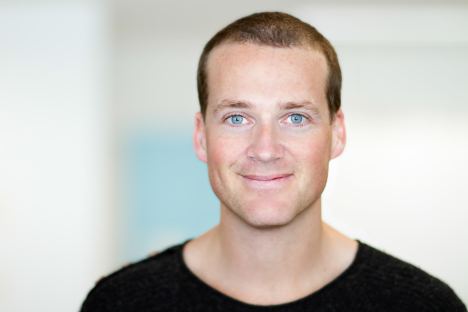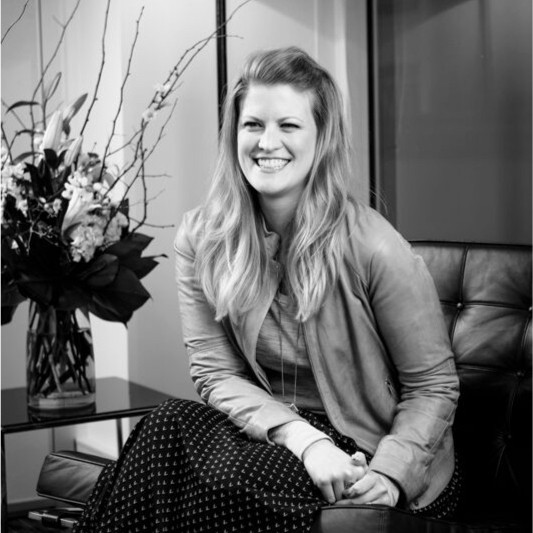Influencer marketing builds authenticity while cutting costs, says industry expert
Influencer marketing is no longer an add-on, it has emerged as an integral component of the marketing mix for the majority of brands, according to panel of advocates.
A webinar hosted by the Australia Influencer Marketing Council (AiMCO) earlier this week, featured an expert panel who shared their insights on why influencers and creators are now central to most marketing campaigns and what’s driving the growth in the channel.

The founder of influencer marketing platform, Tribe, Jules Lund
The panel included L’Oréal director CX and social media governance, Emma Williamson, and the founder of Tribe, industry maverick Jules Lund, who discussed the importance influencer marketing has on the industry and explained why its a marketing must-have for 2021.
Lund said: “I think, marketers realise this is just such an incredible portal, to create a far more intimate relationship with their customers in particular using influencer marketing, and it’s just a great conduit to work with content creators to interpret that brand dialect to these people that they’ve built and cultivated incredible relationships over thousands and thousands of social posts. When a brand works with influencers, you can really unlock three key areas that I think driving back to your business, and those are community, content, and then commerce.
“This enables brands to be able to turn their customers into their marketing department, which I think is all about unlocking your most influential customers, communities, and then using influencers to be able to drive amazing social content,” Lund added.
Global purchasing habits changed significantly in 2020, with almost half (45%) of all internet users around the world now using social media platforms to research purchases before they choose to buy goods or services.
Hootsuite’s Digital 2021 Global Report by Kepios, a marketing strategy consultancy, highlighted many behavioural shifts in the digital space last year, but significantly pointed out the need for brands to start looking beyond product reviews, and create “inspirational social experiences” across a multitude of platforms.
Kepios CEO Simon Kemp, who authored the report, said “the new ecommerce habits people adapted during lockdown will last well beyond the pandemic.
“The ways in which people discover new brands and decide what to buy are evolving… with 7 in 10 internet users saying that they now go beyond search engines.”
The shift is already evident on the marketing side too, with global social media spend by marketers increasing by 74% between February 2020 and June 2020.
Lund said: “I’m really excited by what Instagram is doing and what TikTok will also do, which is around social commerce. It’s just such a massive opportunity. China has pioneered it. It makes up 11% of all digital advertising. There’s also social commerce, which will become a really big theme, this concept of shopping from creators. Instagram checkout is a pretty powerful mechanism. I think because of COVID-19, they’ve pushed Instagram and Facebook shops, as a way to help those normally, needing to make money from bricks and mortar to be able to create online shops, I think that was a wise and supportive thing for small businesses.”
Williamson noted that there are numerous advantages in influencer marketing, some being that it’s cost-effective and more authentic than traditional forms of marketing, which she said consumers are “craving.”
“From a marketers perspective authenticity is key. Especially, if you think about where marketers were 15 years ago, it was always, if our brand was a person, who would that person be? And what car would they drive? And what lipstick would they use? Now, it’s just, find the closest match as an influencer in that sale brand. There’s never been this much authenticity in marketing before,” Williamson said.

L’Oréal director CX and social media governance, Emma Williamson
“From a brand perspective, obviously the consumers’ expectation for advertising, brands and sales has shifted quite significantly, especially since last year. There’s this real craving for authenticity. Consumers don’t necessarily want to see the highly polished ads that are prepared by international, big media agencies and then shared to local markets, people want to see someone that’s like them, they want to see somebody using the product in a bathroom that’s not perfectly stylised,” Williamson said.
She added: “They still want a level of aspiration, but it needs to be more real.”
Utilising an influencer means that brands are potentially able to access different audiences to what they would be able to reach previously, because they are essentially going into people’s homes and their bathrooms of the people that they are inspired by.
“We didn’t necessarily have that access to this before,” said Williamson.
The financial benefits are significant also in utilising influencers: “There is no possible way that we can shoot and cut content as cheaply as an influencer can, so for us to get a camera crew out to someone’s house to shoot them in their bathroom putting on makeup or something like that, the cost structures doesn’t line up, compared to someone with an iPhone, in a mirror with a selfie light, and away they go.”
A study conducted by SocialChorus found that influencer marketing campaigns can capture up to 16 times more engagement than owned or paid media.
Influencer platform Tomoson from a study of top marketers found that Influencer Marketing was the most cost-effective digital marketing tool, outpacing display advertising and email.
“I think from a brand or marketing perspective, the cost of production is a really attractive point when it comes to marketing. When we did a campaign for L’Oreal, early this year, we didn’t roll a single camera, we didn’t shoot a single shot from our agency’s perspective, all of the content was supplied by influencers, they were given a brief, they were told, here’s a product to use here, we want you to use it, and use it in a way you would in your bathroom, your house, your way, send that back to us. Then, all we did was the post production. We took all this great content from influences, just raw footage, raw shots from their phones, and created the entire campaign for a major brand within L’Oreal. I mean, for a major campaign the hell a lot of money put behind a lot of media. And so I think that’s become a really attractive point for for marketers as well.”



